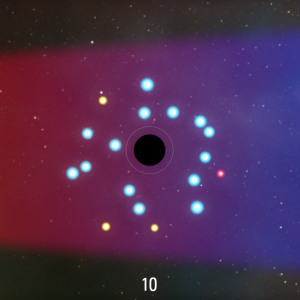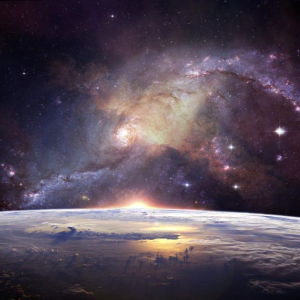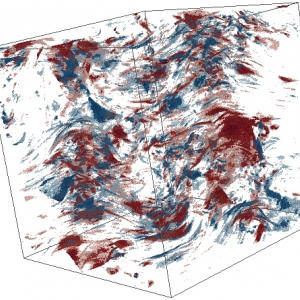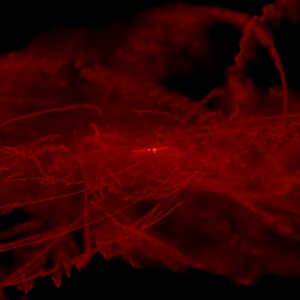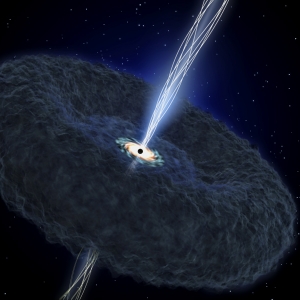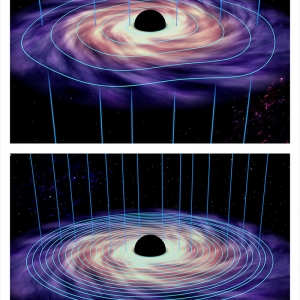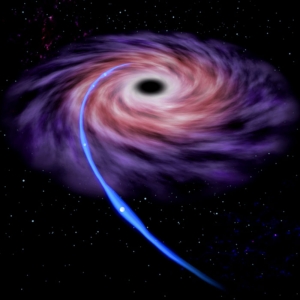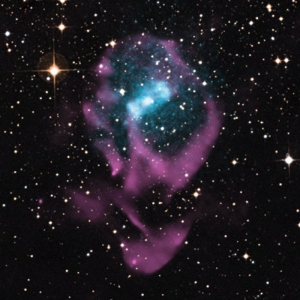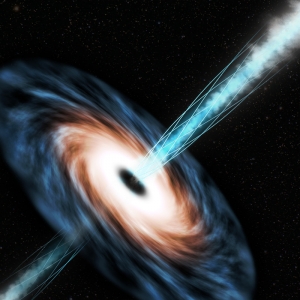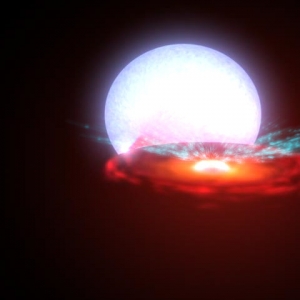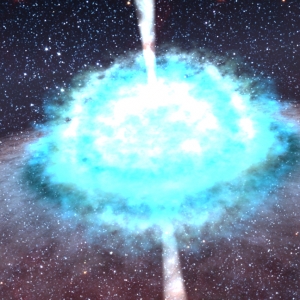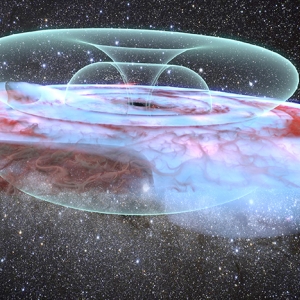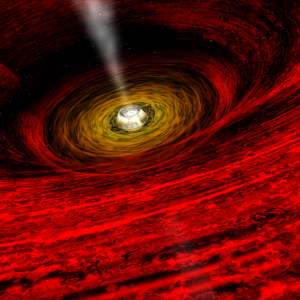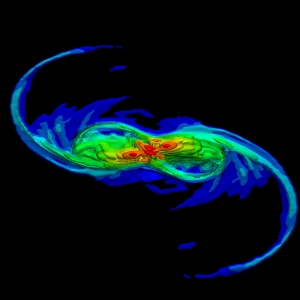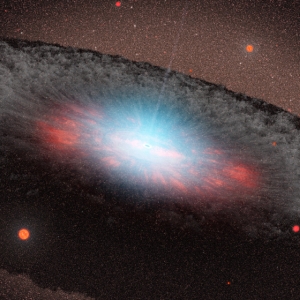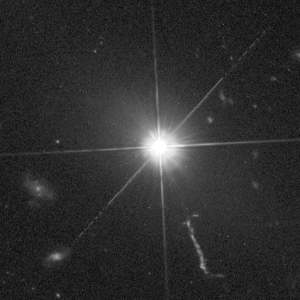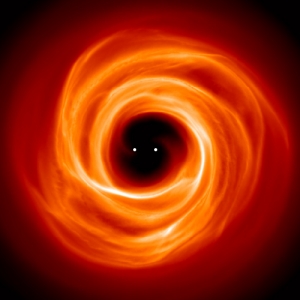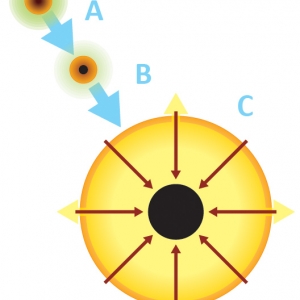Research Highlights
Astrophysics
New Findings From the JWST: How Black Holes Switched from Creating to Quenching Stars
Published: February 06, 2024
PI: Mitch Begelman
Astrophysics
A surging glow in a distant galaxy could change the way we look at black holes
Published: May 09, 2022
PI: Mitch Begelman
Astrophysics
Dancing with the Stars
Published: November 22, 2016
PI: Mitch Begelman | PI: Phil Armitage
Astrophysics
Black Holes Can Have Their Stars and Eat Them Too
Published: August 11, 2016
PI: Mitch Begelman
Astrophysics
Black Hole Marvels
Published: August 11, 2016
PI: Mitch Begelman | PI: Phil Armitage
Astrophysics
Interstellar Spaghetti, with Meatballs Inside
Published: August 16, 2015
PI: Mitch Begelman
Astrophysics
Beautiful & Twisted
Published: August 14, 2015
PI: Mitch Begelman | PI: Phil Armitage
Astrophysics
The Flip Side
Published: February 03, 2014
PI: Mitch Begelman | PI: Phil Armitage
Astrophysics
Seeds of Creation: Monster Stars or Quasistars?
Published: December 29, 2010
PI: Mitch Begelman
Astrophysics
Marriage — Galaxy Style
Published: October 01, 2008
PI: Mitch Begelman | PI: Phil Armitage
Astrophysics
Necklaces of Fire
Published: April 27, 2007
PI: Mitch Begelman | PI: Phil Armitage





